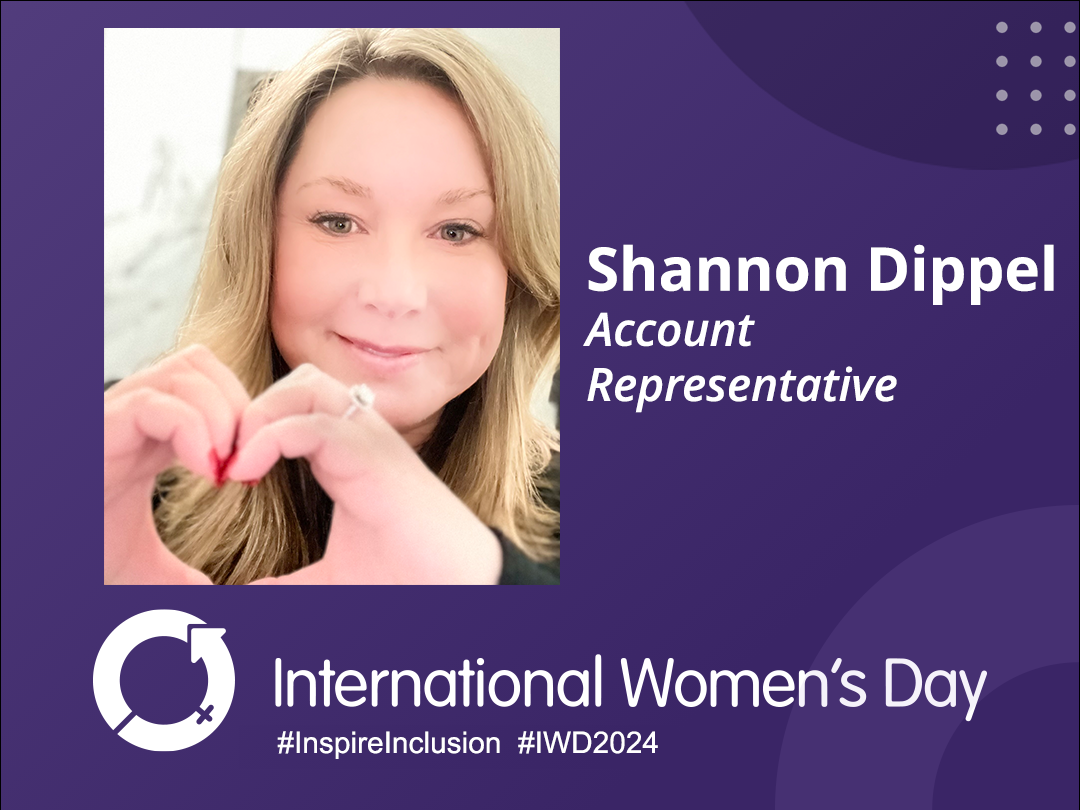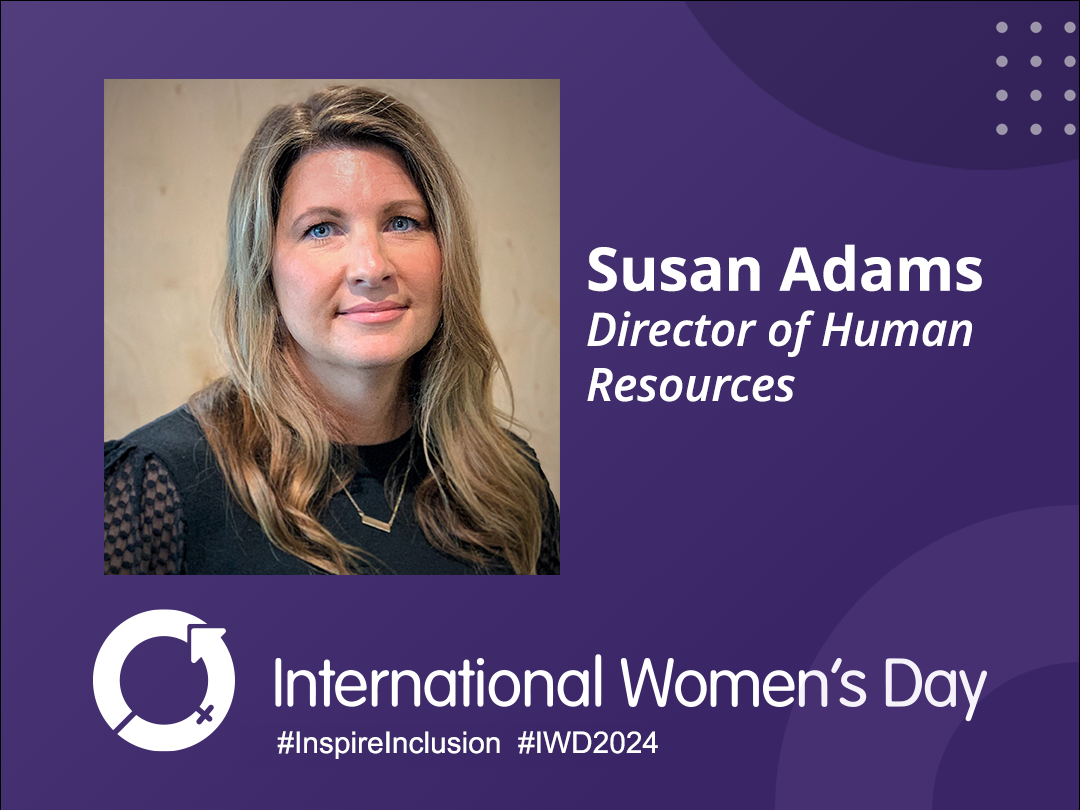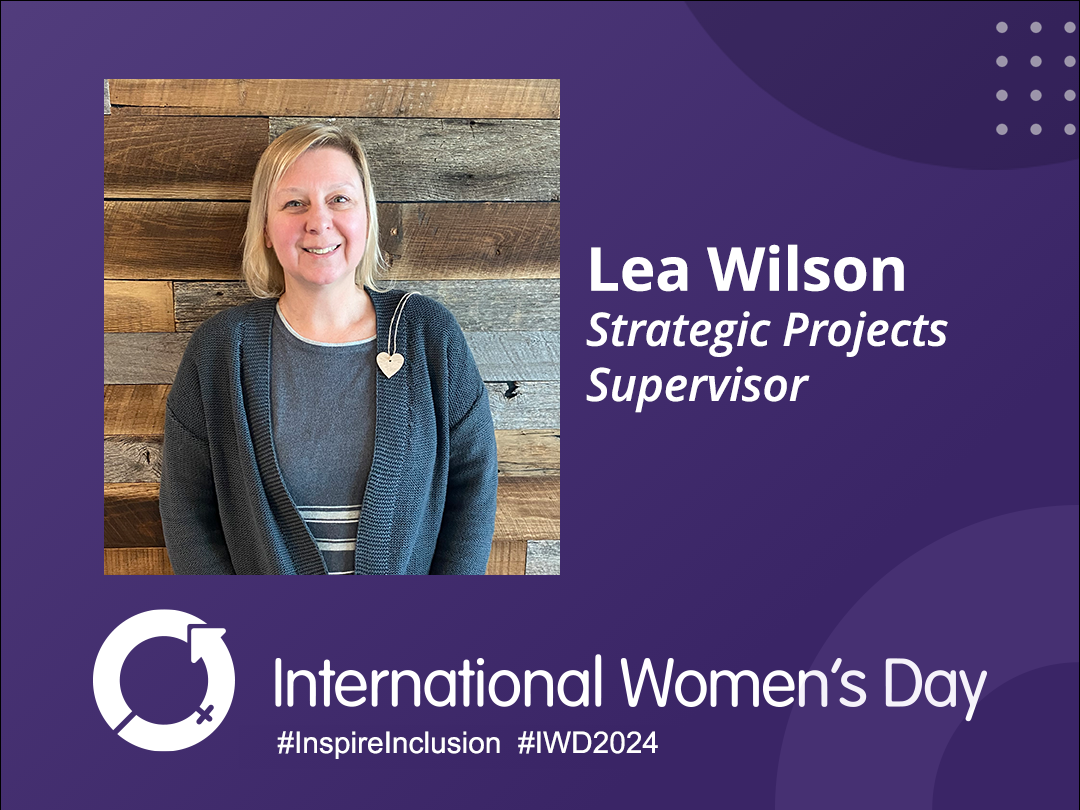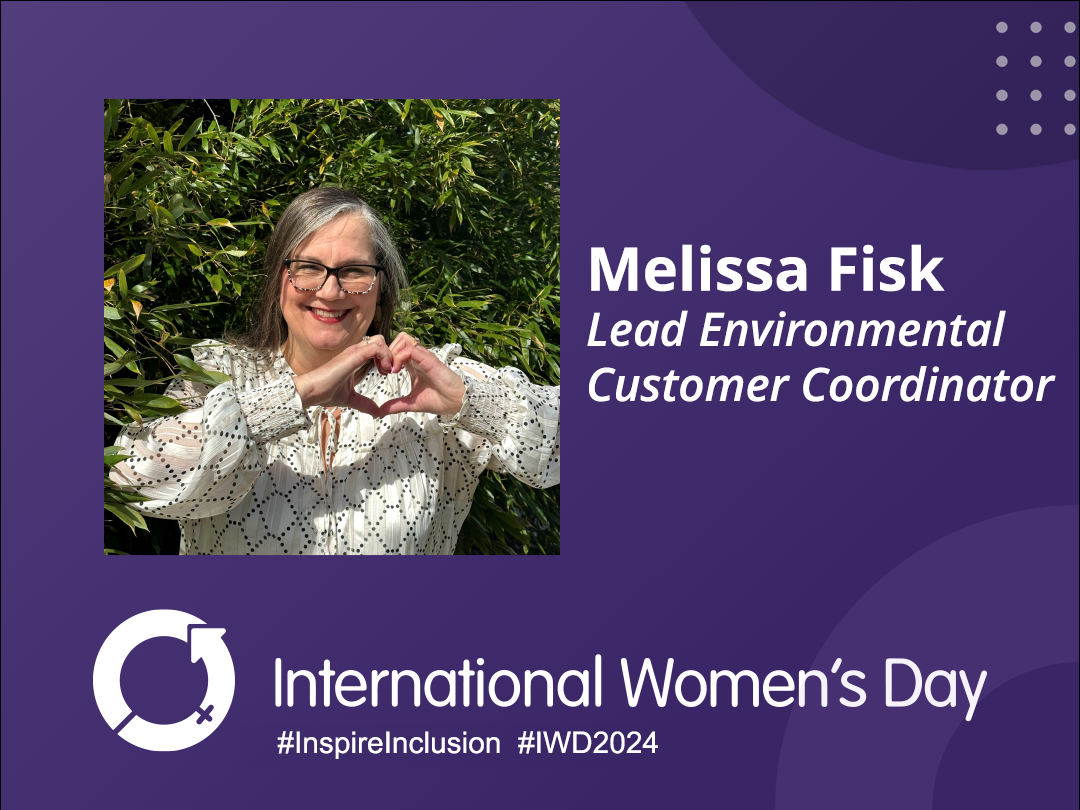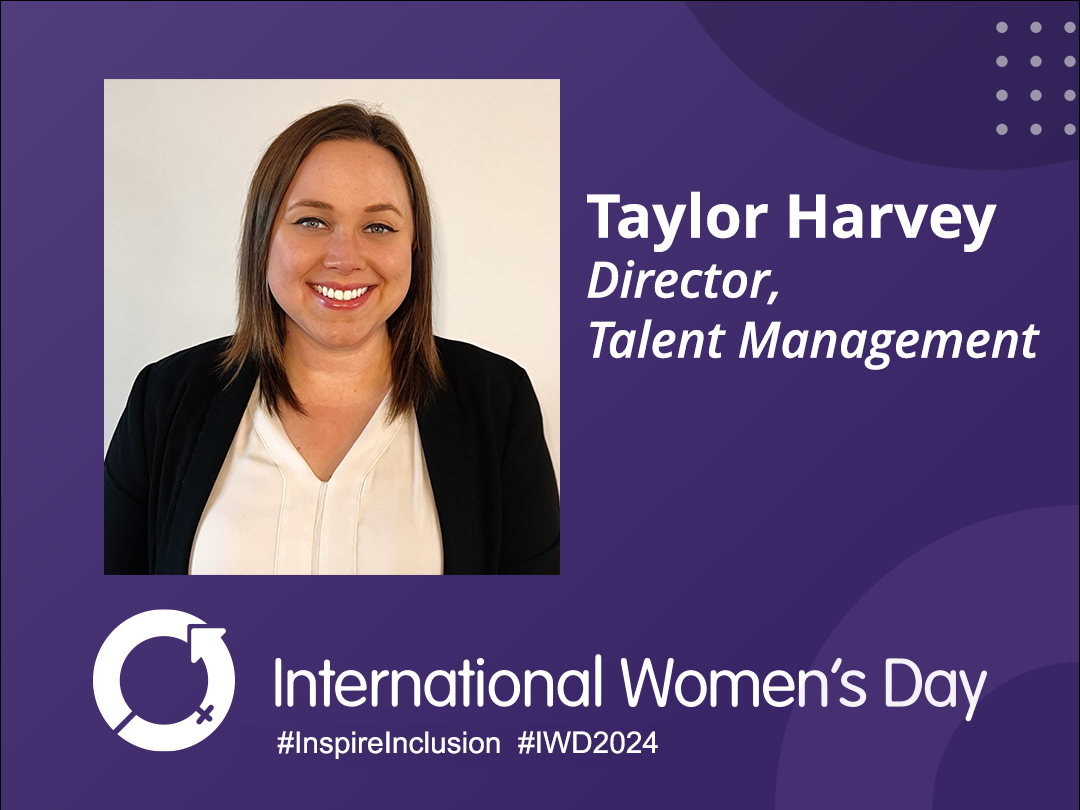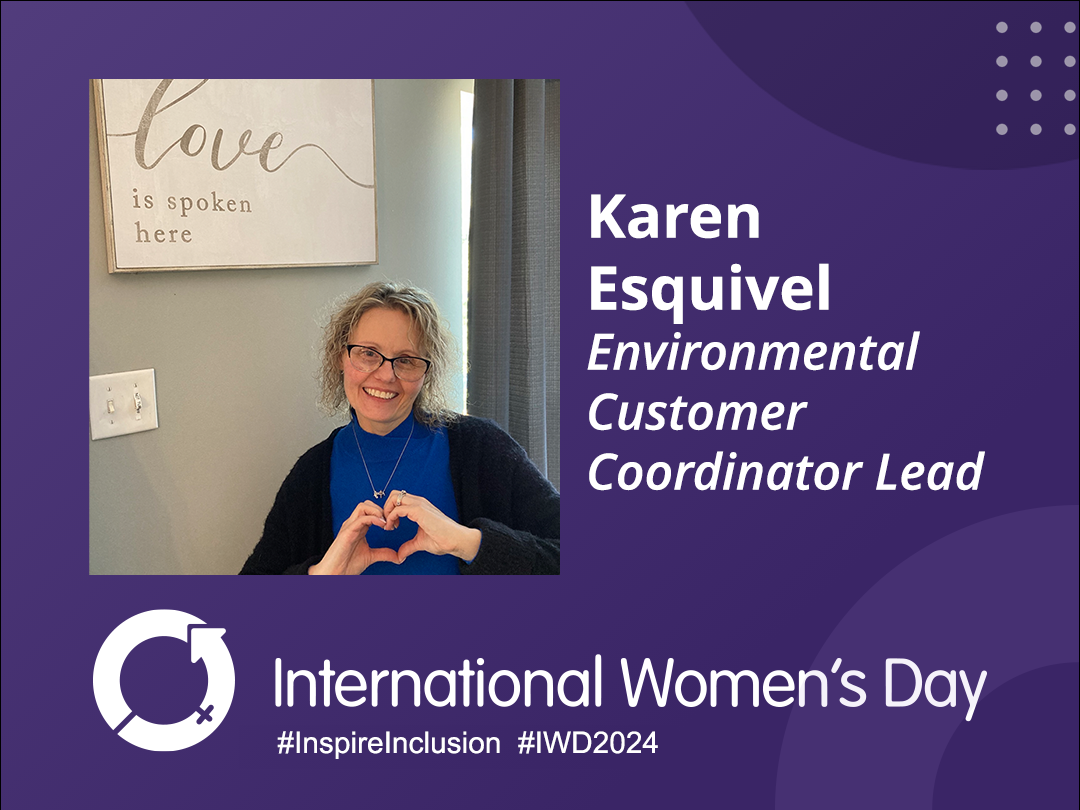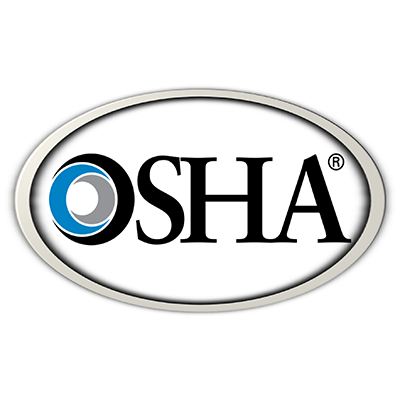
Last month I learned that OSHA will soon be changing its hazard communication standards to better align them with international standards and systems. These new standards will include establishing a single set of harmonized criteria for classifying chemicals and mixtures according to their health, physical, and environmental hazards as well as adding standardized “signal words” and pictograms to labels (keep checking our blog for an upcoming post about these new labeling criteria).
There will be several different items that will require the new Safety Data Sheets and communication labels. Hazards of all chemicals produced or imported will need to be classified. This includes all physical hazards, health hazards, special OSHA defines hazards, and hazards not otherwise classified. Before we get into the new labeling rules, I thought it would be a good idea to better define these hazard types.
Physical hazards include materials which are:
- Explosive
- Flammable
- Oxidizers (liquid, solid or gas)
- Self-reactive
- Pyrophoric (liquid or solid)
- Organic peroxide
- Gas under pressure
- Corrosive to metal
- Self-heating or which
- Emit a flammable gas when combined with water
Health hazards include materials which display:
- Acute Toxicity
- Skin Corrosion/Irritation
- Serious Eye Damage/Eye Irritation
- Respiratory or Skin Sensitization
- Carcinogenicity/Cell Mutagenicity
- Reproductive Toxicity
- Specific Target Organ Toxicity or
- Aspiration Hazards
The OSHA Specific Hazard Classes include:
- Simple asphxyiant – A substance or mixture that displaces oxygen in the atmosphere, and thus causes oxygen deprivation in those who are exposed, leading to unconsciousness and death.
- Combustible dust – A combustible particulate solid that presents a fire or deflagration hazard when suspended in air.
- Pyrophoric gas – A chemical in a gaseous state that will ignite spontaneously in air at a temperature at or below 130 degrees.
As the name states, hazards which are not otherwise classified includes any hazards that are identified during the classification process but which have not yet been classified.
More News From Heritage
-
3/12/24
Equal Pay Day – Spotlighting Our Female Drivers
-
3/8/24
International Women’s Week Spotlight – Shannon Dippel
For International Women's Week, we're spotlighting some of the incredible women in the Heritage family. Our final spotlight is Shannon Dippel.
-
3/8/24
International Women’s Week Spotlight – Susan Adams
For International Women's Week, we're spotlighting some of the incredible women in the Heritage family. Our sixth spotlight is Susan Adams.
-
3/7/24
International Women’s Week Spotlight – Lea Wilson
For International Women's Week, we're spotlighting some of the incredible women in the Heritage family. Our fifth spotlight is Lea Wilson
-
3/7/24
International Women’s Week Spotlight – Melissa Fisk
For International Women's Week, we're spotlighting some of the incredible women in the Heritage family. Our fourth spotlight is Melissa Fisk.
-
3/6/24
International Women’s Week Spotlight – Taylor Harvey
For International Women's Week, we're spotlighting some of the incredible women in the Heritage family. Our third spotlight is Taylor Harvey
-
3/5/24
International Women’s Week Spotlight – Karen Esquivel
For International Women's Week, we're spotlighting some of the incredible women in the Heritage family. Our second spotlight is Karen Esquivel.
-
3/5/24
Heritage Environmental Services Announces HP Nanda as CEO; CEO Jeff Laborsky Transitions to Board of Directors
Heritage Environmental Services (“HES”) announced today that HP Nanda will join the organization as CEO.

